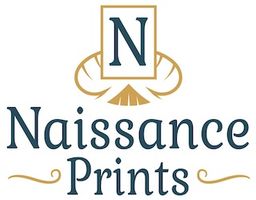We are committed to providing you with the finest quality fine art prints that truly do justice to your artwork.
Featured Products
Free Shipping orders over $30

Upload Your Image To Get Your Fine Art Print Order Started.
Upload Your Image To Get Your Fine Art Print Order Started.
We Recommend using high-res images (300 ppi or above) for best results.

